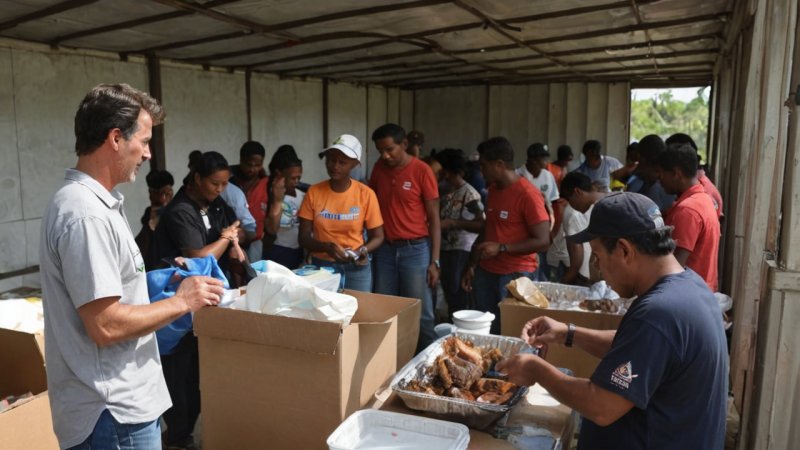Natural disasters can strike at any moment, leaving communities in dire need of shelter and support. Effective shelter management is crucial to ensure the safety and wellbeing of displaced individuals during such crises. Understanding best practices in this area can make a significant difference in disaster response efforts.
One of the key aspects of shelter management is the identification and preparation of suitable shelter locations. It is vital to assess the safety, accessibility, and capacity of potential sites. Temporary shelters should be set up in areas that are not prone to further hazards, such as flooding or landslides. Community involvement in this process can enhance trust and collaboration, ensuring that the needs of local populations are met.
Once a shelter has been established, clear communication is essential. Providing residents with information about available resources, shelter rules, and emergency procedures can help create a sense of security. Utilizing community leaders and local organizations to disseminate information can improve outreach and ensure that everyone is informed.
Another important factor in shelter management is the provision of basic health and hygiene services. Access to clean water, sanitation facilities, and medical assistance is critical for preventing disease outbreaks in crowded shelters. Coordinating with health organizations to deliver these services can help maintain the wellbeing of residents.
In addition to health and safety, it is essential to address the psychological needs of shelter residents. Many individuals may experience trauma or stress due to their displacement. Providing mental health support, recreational activities, and a space for community gatherings can foster resilience and promote a sense of normalcy.
Training volunteers and staff in shelter management best practices is also vital. This training should include emergency response protocols, conflict resolution, and cultural sensitivity to ensure that all individuals are treated with respect and dignity. Empowering local volunteers can enhance community ownership and improve the overall effectiveness of relief efforts.
Finally, continuous evaluation and adaptation of shelter management practices are necessary to respond to changing needs. Gathering feedback from shelter residents can provide valuable insights and inform future improvements. By remaining flexible and open to change, shelter managers can better serve those affected by disasters.
In conclusion, effective shelter management during disasters involves careful planning, clear communication, health and hygiene support, psychological care, volunteer training, and continuous evaluation. By implementing these best practices, we can ensure that displaced individuals receive the care and support they need to recover and rebuild their lives.






